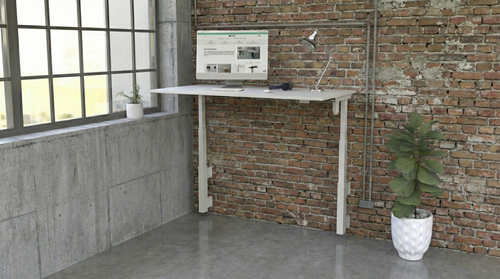Ergonomics is the study of how people interact with their environment. It is a growing field, as more and more people are becoming aware of the importance of creating a comfortable and safe work environment.
The future of ergonomics is bright, as new technologies and innovations are being developed to improve the way we work. Here are some of the trends to watch, with an emphasis on the impact of overall wellness:
Smart Furniture
Smart furniture is equipped with sensors and other technology to monitor how it is being used. This data can then be used to improve the design of the furniture, making it more comfortable and supportive.
For example, smart chairs can track how often you get up and move around and can adjust their settings accordingly. This can help to prevent you from developing health problems such as back pain and fatigue, which can harm overall wellness.
Wearable sensors
Wearable sensors are small devices that can be worn on the body to track movement, heart rate, and other data. This data can then be used to assess your exposure to ergonomic hazards and to recommend changes to your work habits.
For example, wearable sensors can track how much time you spend sitting and can alert you when you need to take a break. This can help to reduce your risk of developing health problems associated with prolonged sitting, which can also harm overall wellness.
Virtual reality and augmented reality
Virtual reality (VR) and augmented reality (AR) are technologies that can create realistic simulations of work environments. This can be used to train workers on how to use equipment safely and effectively and to identify potential ergonomic hazards.
For example, VR can be used to simulate working at a computer workstation. This can help workers to learn how to adjust their workstations to minimise the risk of developing health problems, which can have a positive impact on overall wellness.
Artificial intelligence
Artificial intelligence (AI) is being used to develop new tools and techniques for ergonomic assessment. AI can be used to analyse large amounts of data and to identify patterns that would be difficult to detect manually.
For example, AI can be used to analyse data from wearable sensors to identify workers who are at risk of developing health problems. This information can then be used to provide targeted interventions to improve their work environment, which can have a positive impact on overall wellness.
How can you stay ahead of the curve?
If you are interested in staying ahead of the curve in the field of ergonomics, there are a few things you can do:
- Attend conferences and workshops on ergonomics.
- Read industry publications and blogs.
- Network with other professionals in the field.
- Stay up-to-date on the latest research.
By taking these steps, you can ensure that you are well-positioned to take advantage of the latest trends in ergonomics and improve your overall wellness.
The future of ergonomics is bright. As new technologies and innovations are developed, we will be able to create even more comfortable and safe work environments. This will lead to improved productivity, reduced absenteeism, and a healthier workforce, which will have a positive impact on overall wellness.
Thank you for reading!









































